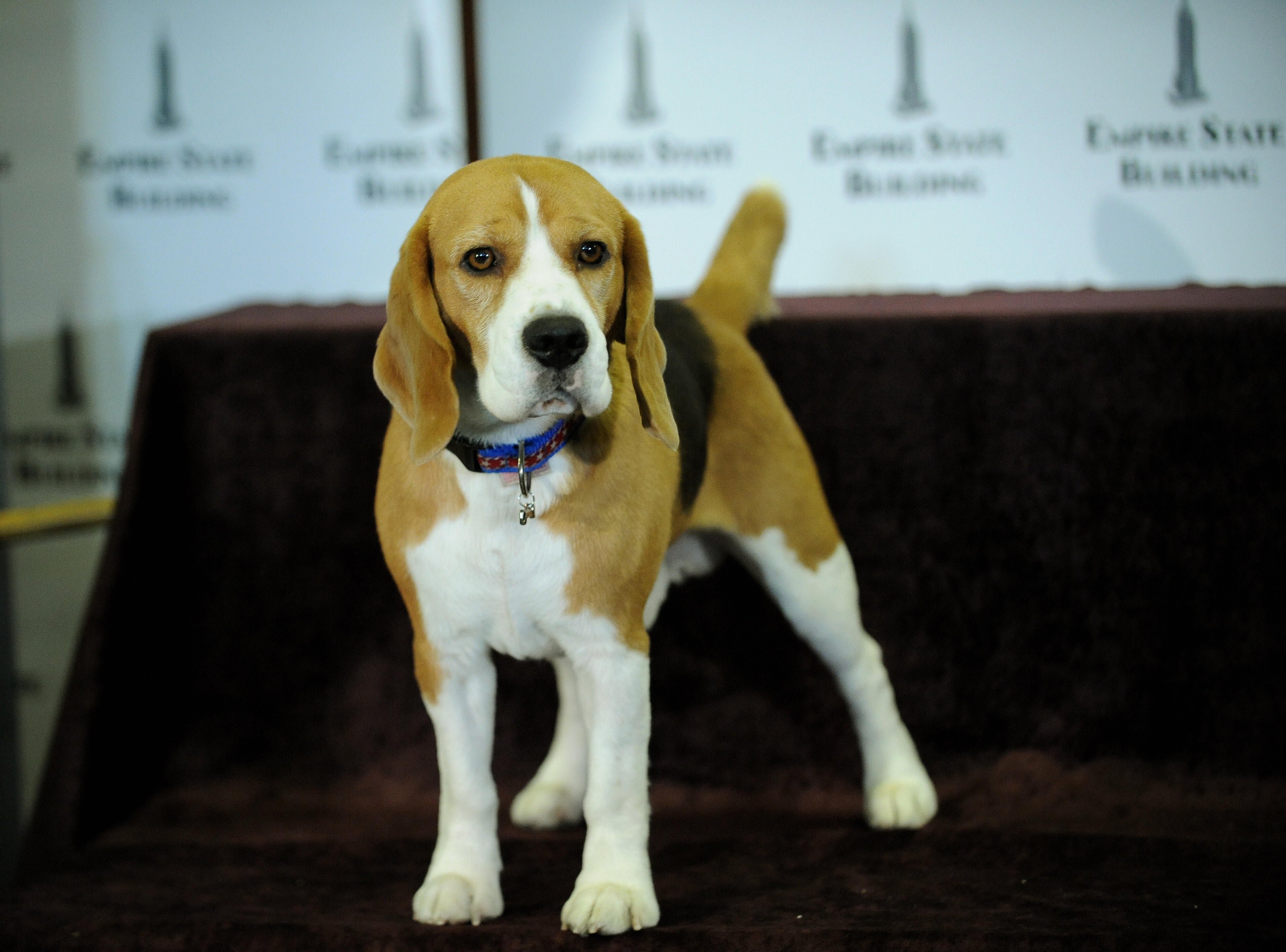The Independent's journalism is supported by our readers. When you purchase through links on our site, we may earn commission.
Dog coat patterns may have emerged before humans domesticated them, study finds
An extinct canine ancestor may have had a hand in influencing fur coat patterns seen in dog breeds today

Some distinctive colour patterns on the furry coats of dogs came from an extinct canine ancestor that existed more than two million years ago, long before canines were domesticated, reveals a new study.
While the hundreds of modern dog breeds across the world come with distinctive colour patterns, many of these variations were not in fact the result of careful breeding by humans, as previous research has suggested.
The new study – published in the journal Nature Ecology and Evolution – showed these fur colour patterns had instead come from an extinct canine ancestor that diverged from grey wolves.
The scientists believe the findings can also shed light on the origin and evolution of dog lineages.
“While we think about all this variation in coat colour among dogs, some of it happened long before ‘dogs’ were dogs. The genetics turn out to be a lot more interesting because they tell us something about canid evolution,” said study co-author Professor Danika Bannasch from the University of California, Davis.
Lighter coat colours – currently seen in hundreds of dog breeds and millions of dogs around the world – may have been advantageous to the extinct ancestor about 1.5 to two million years ago during the last ice age, according to the researchers.
Scientists hypothesise that the snowy arctic environment during this geological epoch of the Earth would have favoured the existence of light-colour coat patterns on the extinct ancestor.
This, in turn, helped future canines persist in the population, eventually giving rise to wolves and dogs.
Scientists assessed various forms of the gene which controls the expression of the “agouti signalling protein” or the ASIP gene and how its activation leads to five distinctive dog colour patterns.
Wolves and dogs can make two different types of pigments, according to researchers. These include a yellow pigment called pheomelanin – whose production is controlled by the agouti signalling protein – and a black one called eumelanin.
They explained that the precisely regulated production of these two pigments at the right time and place gives rise to very different coat colour patterns seen in these canines.
Scientists found the genetic combination of the ASIP gene for the dominant yellow (DY) coat pattern is shared with arctic white wolves.
This coat pattern seen in several dog breeds emerged from the extinct ancestor, the scientists discovered based on evolutionary analysis.
“We were initially surprised to discover that white wolves and yellow dogs have an almost identical ASIP DNA configuration,” Chris Kaelin of the Hudson Alpha Institute for Biotechnology in Huntsville, Alabama, a co-author of the study, said in a statement.
“But we were even more surprised when it turned out that a specific DNA configuration is more than two million years old, prior to the emergence of modern wolves as a species,” Kaelin added.
Mutations in two areas of the ASIP gene led to different coat patterns, including the dominant yellow, shaded yellow, agouti, black saddle and black back, the study noted.
The scientists also found that the form of this gene which leads to the formation of dominant yellow coat patterns has been around since the Pleistocene era about two million years ago – the last ice age – long before the domestication of dogs some 30,000 years ago.
“It didn’t come from modern wolves. It had been around for much longer,” Bannasch said.
“Natural selection for a lighter coat during the Pleistocene provided the genetic framework for widespread colour variation in dogs and wolves,” the scientists wrote in the study.
Join our commenting forum
Join thought-provoking conversations, follow other Independent readers and see their replies
Comments
Bookmark popover
Removed from bookmarks